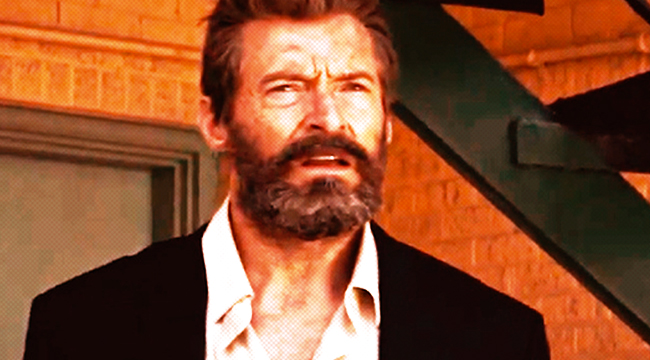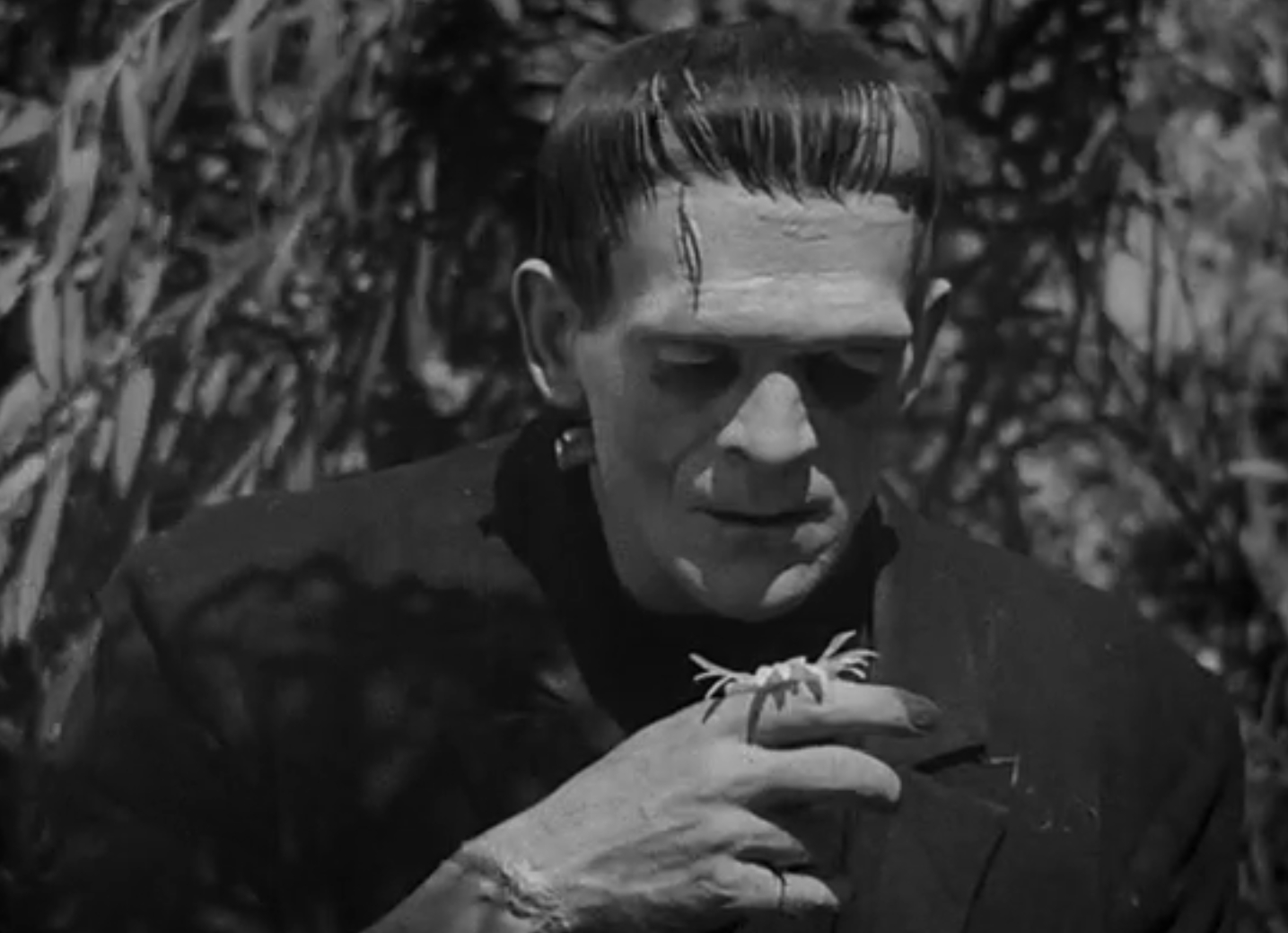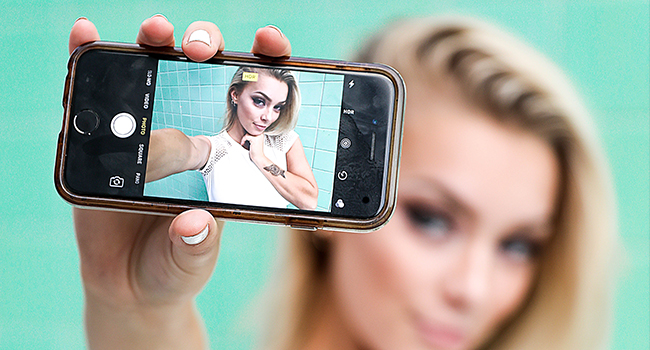
The Golden Age of Hollywood was supported by legions of artists that created both subtle effects and grand vistas, but nowhere was that work more visible than in the actors and the makeup that created the monsters, aliens, and fantasies that filled people’s imaginations. These were triumphs of human ingenuity and the height of what was available in a less technologically advanced time. As technology often does, those limits have stretched and storytelling has matched it step by step.
As we look at this new Golden Age of near-limitless on-screen fantasy, it can be easy to assume that CGI has removed that human element because we so often forget that innovations are at their most dazzling when paired with people capable of pushing them to their limit. But while the tools have changed, the need for artisans hasn’t and the goals also remain the same: free actors and directors to create without straining the bounds of the audience’s imagination.

All due respect to Lon Chaney Sr., an actor and stage makeup pioneer who guarded most of his work as an “actor’s secret,” but a lot of the credit for the start of makeup as a means to crafting unique on-screen monsters should go to Jack Pierce. To many, Pierce was the first true makeup artist thanks to the transformation of Boris Karloff into Frankenstein’s monster. But Pierce didn’t create that now-iconic look alone, instead teaming up with Karloff as a collaborator and establishing that makeup could be custom designed and not merely something pulled from a catalog.
Pierce’s work inspired effects artists like Stuart Freeborn (who’d create the creature effects in Star Wars), Rick Baker (who earned the first Oscar for makeup effects with An American Werewolf In London), and Stan Winston (who created the look of the Terminator, the Predator, and countless others). But there were limits to what one could engineer with physical makeup even as it grew to include complete masks and full body creations. For one, it was fragile, hard to make, and impossible to replace if destroyed. The masks and bodysuits were also bulky, uncomfortable, took hours to set up, and became harder and harder to work around due to how they stifled natural movement. And yet, filmmakers used these tools for decades.
As computers improved, however, the idea emerged to use them as an alternative and allow filmmakers the chance to create these looks digitally (though, practical effects, makeup, and costumes still have a role in some productions). Think Andy Serkis’ Gollum in the Lord Of The Rings films and how that performance was created using motion capture. Now think of how that would have looked as a practical effect with a costume. Not hideous, but less polished and more obvious and distracting to the eye.
The work done by Weta Workshop in those films is a prime example of innovation, not just for what they put on the screen (tracing from Gollum to the dragon, Smaug) but for what they inspired. Effects technicians and editors realized there was a new ceiling and that more subtle effects were possible. In Logan, for example, effects house Image Engine carefully aged Hugh Jackman digitally, instead of having Jackman sit for hours for a fragile effect that might lose its believability over the course of time.

Actors have also been de-aged, reminding us of what Kurt Russell, Robert Downey Jr., and Michael Douglas looked like when they were younger and opening up questions about the ability to ignore the limits of aging on future projects. But as impressive as all of this is, it reflects decades of struggle thanks to the complexity of human skin.
There’s not just one “color” to your skin. Everyone has differing textures, a warm, cool, or neutral undertone, and almost all of us have natural variations in our skin color across our faces and our bodies. Like practical makeup artists of the past and present, Howard Shur of Flawless Post, has to focus on such things. Flawless Post paints out everything from pimples to entire parking lots so perfectly that you’d never know they were there, and subtle effects work like skin is one of his daily challenges, especially in a moment where most movies are shot digital. Film, Shur explains to Uproxx, was much more forgiving. “The thing that was really nice about film is that it hid all sorts of things. You could put heavy makeup on people and nobody would notice.”
Shur is right. The solution, for years, was to “cake it until you make it.” Soften the focus just a touch, or place the right filters in front of the lens, and you could hide almost anything. Hollywood went to surprising lengths to cover this up, to the point of putting petroleum jelly on the lens. Even as late as the 1990s, makeup artists went for uniform color and perfect, poreless texture, in part because that was all they could do; they just didn’t have the tools to hide imperfections while keeping the natural color and texture.

Shur points out that you can still find the old school method of hiding makeup: A “glamor selfie” app on your phone is using tricks a Golden Age makeup artist would know instantly. “What they’re doing is they’re selecting a color range of your face, blurring it, and putting texture back in.” But, Shur notes, that means your hair is indistinct, or your eyes are slightly blurry. The effect may be funny on Instagram, but it’s not going to cut it on a professional shoot.
Modern video cameras have vastly more resolution and sharper focus than film cameras, making it literally impossible to hide something in the shadows. Instead, keeping makeup consistent is, quite literally, creating a moving painting: “Now you need to paint it, and you need really skilled painters,” Shur tells us while discussing one of the new problems that have been created by improvements in camera tech. Small variations in makeup and lighting stand out to modern 4K cameras as if you circled them with a highlighter. Shur tells us that his team’s job is often about consistency: “One of the most creative advantages is that you shoot a scene over several days and people’s skin doesn’t look the same. The lighting and the make-up is different.”
When we speak to Bernhard Kimbacher, VFX supervisor for Image Engine, he explains “when most people think about subtle visual effects, they think environments, but we’re moving into heavy-duty effects, like a full digital head on [an actor]. That used to be a very ‘in-your-face’ effect, but now we’re moving into a time where we can use those effects subtly.”
Subtle effects, such as digital makeup and careful revisions to the frame are freeing directors and actors up in some surprising ways. Murray Stevenson, CG supervisor at Image Engine, relates one such example: “We had to replace an arm of an actor once because the director didn’t like the pose. Rather than doing it as a 2D effect, we cut the arm off, and rendered a new 3D arm. Unless you pointed it out to somebody you wouldn’t even notice.” Kimbacher chimes in: “On a lot of movies we get asked “What did you do?” That means we did our job right!”
Shur points out that this is an advantage, in that actors can simply be themselves, not be buried under foundation or prosthetics.
Movies are art from a thousand hands, whether those hands convey an emotion, hold a camera, a pen, a brush, or a computer mouse. All that’s really changed with digital makeup is that the tools have become more powerful as artists make personal decisions about which makeup (or mask) is best, about how they look, and about how their performance connects to increasingly larger stories.
The nature of technology is that it becomes simpler, more powerful, and more cost-effective over time, and that as it improves, it strips away the limits of the past. Soon, this technology will be in the hands of indie filmmakers and CG artists who will be freer to collaborate on big stories that were previously unheard of without epic budgets. Meanwhile, big blockbusters will surely move forward with something even grander. Maybe technology will let actors play characters long after they’re unable to throw themselves into stunt work, divorcing limitations like age from the creative process. Or maybe the future of this tech is unknowable right now. The sky truly is the limit and that’s exciting.
